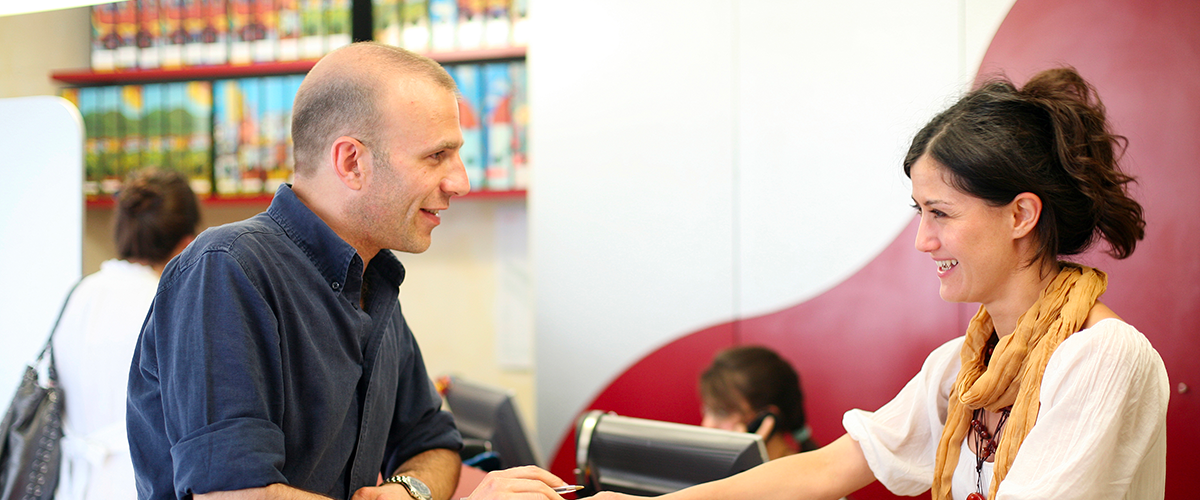Recommended Info For Choosing Italian Kindergarten Teaching Didactics
Wiki Article
What Visual Aids, Manipulatives And Educational Technology Are Appropriate For Italian Preschools?
Visual aids, manipulatives and educational technology all play an important role in facilitating the learning and development of children in Italian kindergartens. Here are a few examples of materials that are suitable Manipulatives: They are items that children use to explore, learn and build their problem-solving skills and fine motor skills. Some manipulatives that work well in Italian nurseries include puzzles sorts of games, blocks and stacking toys.
Visual aids. Visual aids help your child learn concepts, and also encourage their development in language. Some examples of visual aids that might be appropriate for Italian nursery schools are posters, charts, pictures books, maps and flashcards.
Educational Technology The use of technology in education is a great method to enhance education and provide students with more sources. Educational technology is ideal for Italian nurseries may include interactive whiteboards as well as touchscreen tablets with educational applications along with audiovisual equipment that can show animated videos for education and educational content.
It is crucial to note that the materials used in Italian preschools must be appropriate for the age of the child. The selection of materials should be made taking into consideration the individual demands and interests of the children at the school. The caregivers and teachers in the nursery school should regularly evaluate and update the materials they use to ensure that they remain efficient and engaging for their students. Take a look at the top materiale didattico italiano sostegno for blog advice.

What Math Teaching Tools Are Required In Italian Nurseries?
The use of mathematics-related teaching materials to support the development of young children's skills in problem-solving, spatial and numerical skills could be useful in Italian nurseries. Here are some examples of math teaching material support training of teachers and caregivers. Both caregivers and teachers need to be taught how to incorporate mathematical concepts into everyday activities.
Plans for lessons and curriculum An organized lesson plan and curriculum that incorporate mathematical concepts can aid in ensuring that students are exposed to the various mathematical concepts and abilities.
Manipulatives and visual aids: Visual aids like posters, charts and beads can aid children in grasping mathematical concepts visually and hands-on.
Tools that are based on technology like tablets that include educational math apps as well as other games can be utilized to engage children, and provide additional resources for their education.
Assessment Tools: Teachers and caregivers may utilize assessment tools to keep track of children's progress and identify areas in which additional support is needed.
Parents can get involved in math education. Participation of parents in math learning may reinforce the concepts that were taught in nursery and can encourage family participation in the process of learning.
It is essential that the materials that are used to aid in the teaching of mathematics are suitable for the age of the child. The materials can be utilized by teachers and caregivers to develop engaging and engaging math activities for children that inspire their curiosity and passion for education. Have a look at the recommended schede didattiche inglese for more advice.
What Science-Based Teaching Material The Need For Italian Nurseries?
The use of science-based teaching materials in Italian nurseries is an excellent opportunity to get children to discover and explore the world all around them. Here are some examples of how is required. The curriculum and lesson planning A well-designed curriculum and lesson planning which incorporates scientific concepts will help children learn about a broad range of scientific concepts and skills.
Manipulatives & visual aids: Visual aids such as posters nature specimens and charts as well as simple science experiment kits as well as magnifying lenses can help students learn about science concepts through doing it themselves.
Videos and books. Videos and books that are based on topics like weather and animals, plants and space, could give children additional sources and aid in learning.
Outdoor learning areas like gardens and playgrounds, for example, can be used to offer children opportunities to discover and explore the nature around them.
Parents' involvement: Involving parents in learning about science can help reinforce the concepts learned in the nursery and increase participation of the family in the process of learning.
Assessment tools: Assessment tools assist caregivers and teachers monitor children's progress and spot areas where additional support may be required.
The resources used in support of science education must be appropriate for children who are just beginning to learn. Teachers and caregivers are able to use these materials in order to develop engaging, interactive science experiences for kids that encourage their curiosity and passion for education. Take a look at the top rated schede didattiche scienze for more recommendations.

What Materials For Geography Education Are Needed By Italian Nurseries?
In Italian nurseries, geography-related teaching materials are used to aid children in learning about the world and other cultures. These are some examples for geography-related teaching materials that may be required: Maps. They can help children comprehend the geography and geography of different nations and regions and the locations of natural landmarks.
Globes are a great way for kids to see the Earth's surface. They also help them learn about continents and oceans.
Pictures and videos Images and videos from different places and cultures can help children learn about the global diversity and gain an appreciation for the different ways of living.
Books: Age-appropriate children's books which highlight diverse cultures can spark a child's curiosity and curiosity about the world.
Natural materials can assist children understand different ecosystems.
Field Trips: Kids can acquire valuable knowledge about geography by taking excursions to local parks, zoos and museums.
It is essential to choose the right geography resources that are suitable for both a child's and a parent's age. They help caregivers and teachers to create fun and interactive activities that foster the love of learning among children and curiosity.

